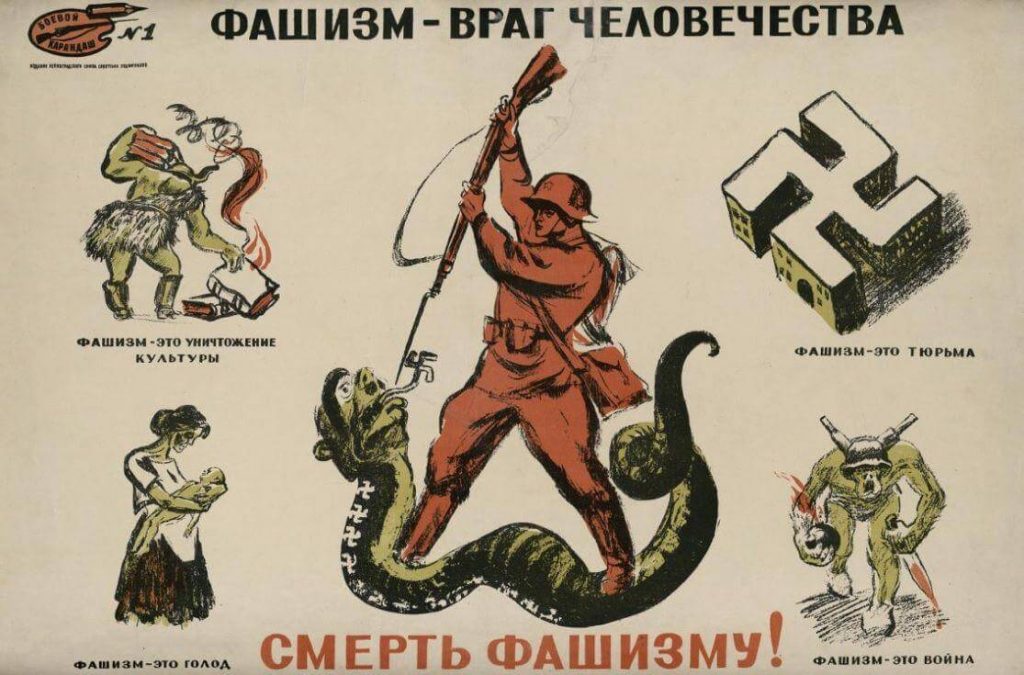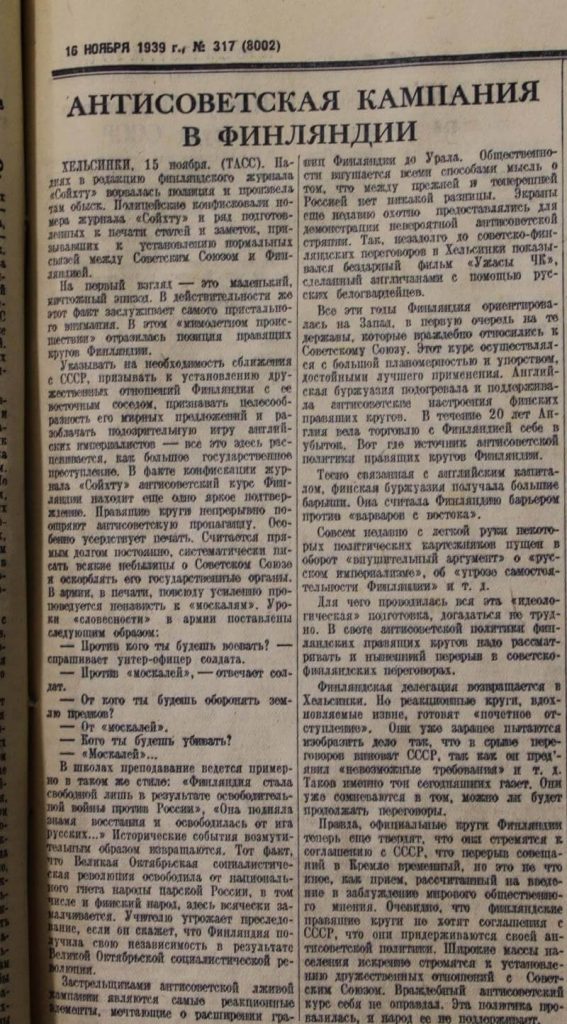In the future, all these losses will be explained by the fact that Finland receives weapons and commands from the leading Western countries. Stalin himself, summing up the results of the war with Finland, will declare the following: “What did our victory come down to, whom did we defeat, in fact?
Here we fought for 3 months and 12 days, then the Finns knelt down, we yielded, the war was over. The question is, who did we defeat? They say Finns. Well, of course. But this is not the most important thing in this war. To defeat the Finns is not God knows what task. Of course, we had to defeat the Finns. We defeated not only the Finns, we also defeated their European teachers – we defeated the German defensive equipment, we defeated the English defensive equipment, we defeated the French defensive equipment. Not only the Finns were defeated, but also the equipment of the advanced states of Europe. Not only the equipment of the advanced states of Europe, we defeated their tactics, their strategy. The entire defense of Finland and the war were carried out at the behest, at the instigation, on the advice of England and France, and even earlier the Germans helped them a lot, and half of the defensive line in Finland was built on their advice. The score speaks for itself.
We defeated not only the Finns – this task is not so big. The main thing in our victory is that we defeated the technique, tactics and strategy of the advanced states of Europe, whose representatives were the teachers of the Finns. This is our main victory.”
However, it cannot be said that Finland really lost that war. Despite the fact that they had to sign a peace treaty with the USSR, according to which Finland ceded part of it’s territory, which the Soviet government demanded to guarantee its security (!), Finland, nevertheless, defended its independence. It was a merit of the heroic courage of its inhabitants, who did not flinch in the face of a much more numerous and armed enemy; and also of the international community, which has shown great solidarity with Finland. During the war, she received a large number of weapons and almost 12 thousand volunteers from different countries, including 850 Ukrainians.
Summing up, it must be said that presenting the government of a neighboring state as jesters and a gang, ridiculing the size and armament of a neighboring state as incapable of resistance, denying participation in the war and using other terms for the invasion, creating puppet governments at the same time as accusing the enemy of external control, justifying losses and failures by the need to fight “the entire collective West”, the depiction of the occupied population as liberated – all these propaganda techniques were actively used by the Soviet leadership during the Second World War. Modern Russian propaganda did not arise from scratch – it had teachers in the person of Stalin, Molotov, Voroshilov and other Bolshevik leaders. Therefore, when we see parallels with World War II in Russian propaganda, it is important to remember that in this war the Soviet Union did not always fight fairly and heroically. There are many dark pages in the history of this war, and on some of them the USSR itself acted as an aggressor, using various propaganda techniques to justify its crimes. It is these techniques that are now adopted by the Putin regime.









